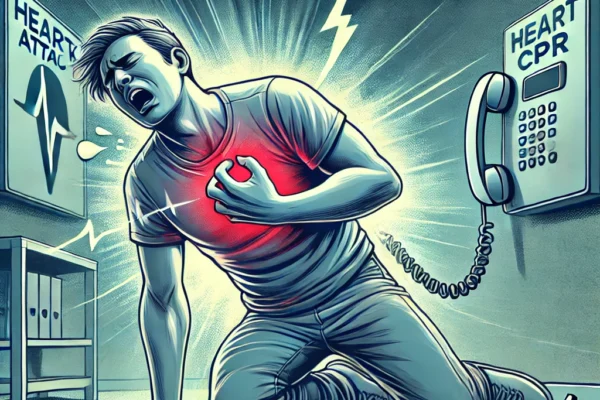In Indiana, educators are required to be prepared for emergencies—and that includes being trained in CPR (Cardiopulmonary Resuscitation) and AED (Automated External Defibrillator) use. In recent years, increased attention has been given to school safety and emergency preparedness. As a result, training in life-saving techniques has been prioritized by state officials.
Why CPR and AED Training Is Required in Indiana
Under Indiana law, certain teachers and staff are expected to be certified in CPR and AED usage. Specifically, a mandate has been placed on all teachers seeking initial licensure to complete this training. Furthermore, training is not only encouraged for license renewal but is also seen as a critical skill in everyday school environments.
What Must Be Covered in Training
To meet state requirements, training must be completed through a recognized provider. For instance, certification programs approved by the American Heart Association or the American Red Cross are often chosen. In these courses, proper chest compression techniques, rescue breathing methods, and AED operation protocols are taught. In addition, emphasis is placed on recognizing signs of cardiac arrest and acting quickly.
Who Needs the Training
Although the mandate applies mainly to newly licensed teachers, CPR and AED training is also recommended for school administrators, athletic coaches, and classroom aides. In fact, school districts are being strongly encouraged to ensure that multiple staff members are trained, in order to improve overall school safety. Consequently, better emergency response times can be achieved.
How Certification Can Be Obtained
Certification can be obtained through both in-person and hybrid learning options. Often, schools coordinate group training sessions with certified instructors. Alternatively, individual teachers can register for public classes offered by local health organizations. Once completed, certificates are issued and must be maintained according to the schedule set by the provider.
How Long Certification Lasts
Typically, CPR and AED certification remains valid for two years. After that period, recertification must be pursued. It should be noted that refresher courses are often shorter and more affordable than initial training sessions. Therefore, continued compliance is made easier for educators and school staff.
What Schools Should Do Next
To remain compliant, schools should ensure that training schedules are up to date. Furthermore, a database of certified staff members should be maintained by school administrators. In emergencies, immediate access to trained personnel can save lives. Consequently, proactive planning is essential.
Final Thoughts on CPR and AED Training for Indiana Teachers
By understanding the state requirements and taking action, Indiana teachers can be better equipped to respond during critical moments. Not only is compliance important, but lives can be directly saved through proper training. Accordingly, schools are being urged to prioritize CPR and AED certification in their professional development plans.
For more information, teachers and school administrators are encouraged to consult the Indiana Department of Education and recognized CPR training organizations.
Sign up today!




